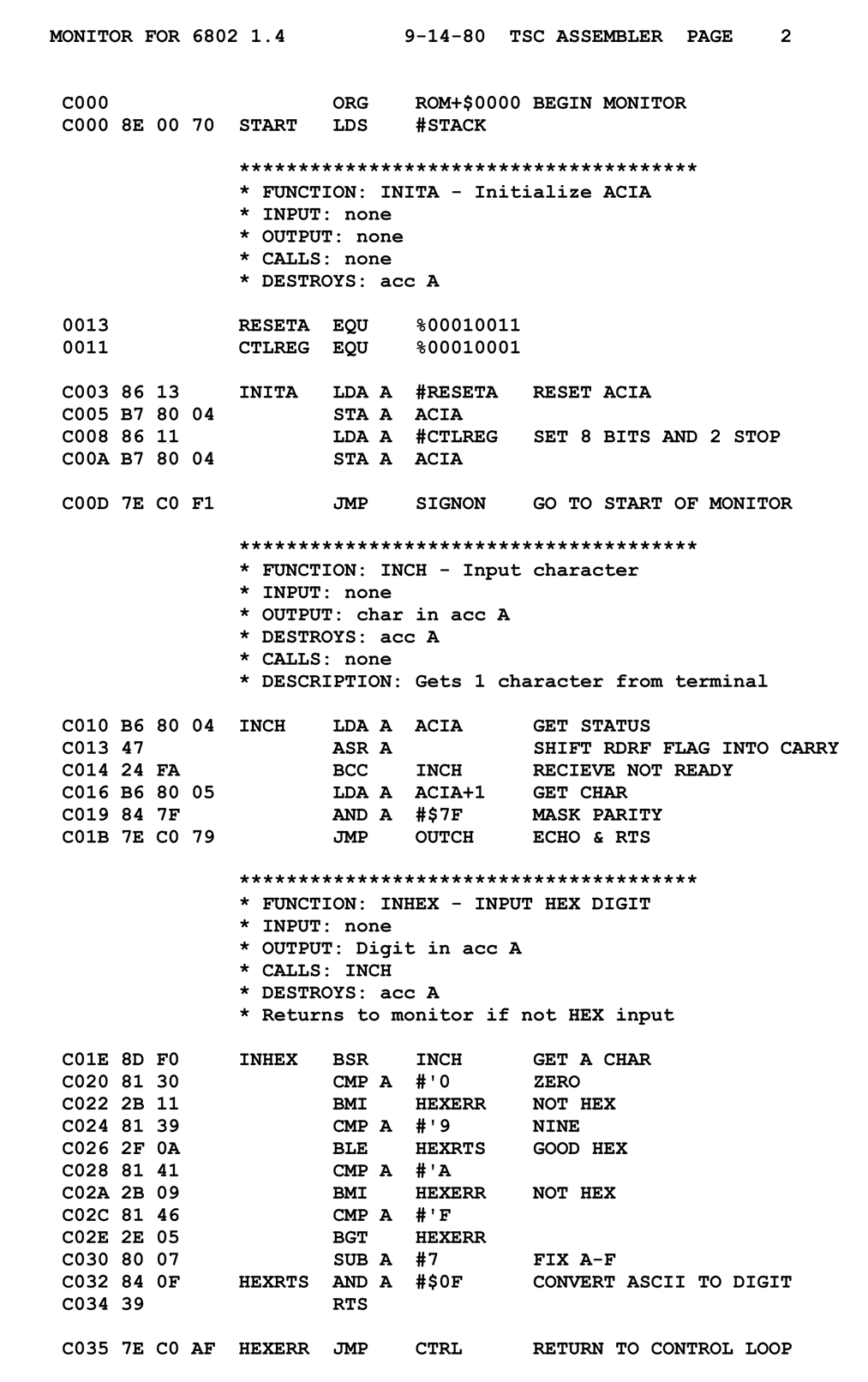Introduction to Malware Analysis
- Introduction to Malware Analysis
- Preliminary Analysis Techniques
- Environment for Malware Analysis
- Static Malware Analysis
- Dynamic Malware Analysis
- Understanding Malware Behaviour
- Reverse Engineering
- Advanced Static Analysis
- Advanced Dynamic Analysis
- Anti-Reverse Engineering
- Malware Attribution
- Malware Mitigation and Prevention
Advanced Static Analysis
Understanding Code Constructs in Malware Analysis

Any low-level programming language in which there is a very strong correspondence between the instructions in the language and the architecture's machine code instructions.
In the realm of malware analysis, understanding code constructs is crucial. Code constructs are the basic building blocks of any program, and they dictate how a program behaves. In this unit, we will delve into the world of code constructs, focusing on how they appear in assembly language and how they can be used in malware.
Control Flow in Assembly
Control flow is a fundamental concept in any programming language, and assembly is no exception. Control flow dictates the order in which instructions are executed in a program. In assembly, control flow is managed through the use of jumps, loops, and conditionals.
-
Jumps: Jumps are used to move the execution of a program to a different part of the code. In assembly, jumps can be unconditional (the program always jumps) or conditional (the program jumps only if a certain condition is met).
-
Loops: Loops are used to repeat a certain section of code multiple times. In assembly, loops are typically implemented using a combination of jumps and conditionals.
-
Conditionals: Conditionals are used to execute a certain section of code only if a certain condition is met. In assembly, conditionals are typically implemented using a combination of jumps and comparison instructions.
Identifying Common Code Patterns
In malware analysis, being able to identify common code patterns is crucial. These patterns can give you clues about what the malware is doing, and they can help you understand the malware's behavior.
Some common code patterns you might encounter in malware include:
-
Function Prologues and Epilogues: These are sequences of instructions that are typically found at the beginning and end of functions in assembly code. They are used to set up and tear down the function's stack frame.
-
Loop Constructs: These are sequences of instructions that implement a loop. They typically involve a conditional jump that determines whether the loop should continue or terminate.
-
Conditional Branches: These are sequences of instructions that implement a conditional branch. They typically involve a comparison instruction followed by a conditional jump.
Recognizing Malware Code Constructs
In addition to the common code patterns mentioned above, there are also certain code constructs that are commonly used in malware. These include:
-
Anti-Debugging Tricks: These are techniques used by malware to detect and evade debugging. They often involve unusual or unexpected code constructs.
-
Obfuscation Techniques: These are techniques used by malware to hide its true behavior and make analysis more difficult. They often involve complex and convoluted code constructs.
-
Payload Delivery Mechanisms: These are techniques used by malware to deliver its payload. They often involve code constructs that are designed to evade detection by antivirus software.
By understanding these code constructs, you can gain a deeper understanding of how malware works and how to analyze it effectively.